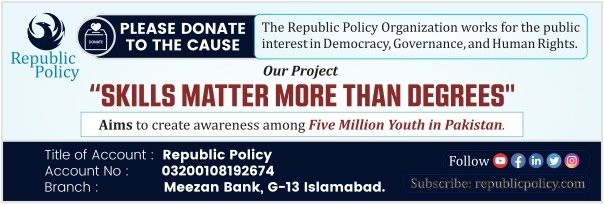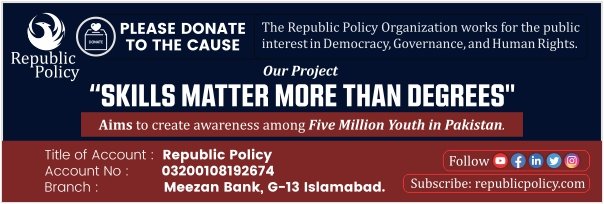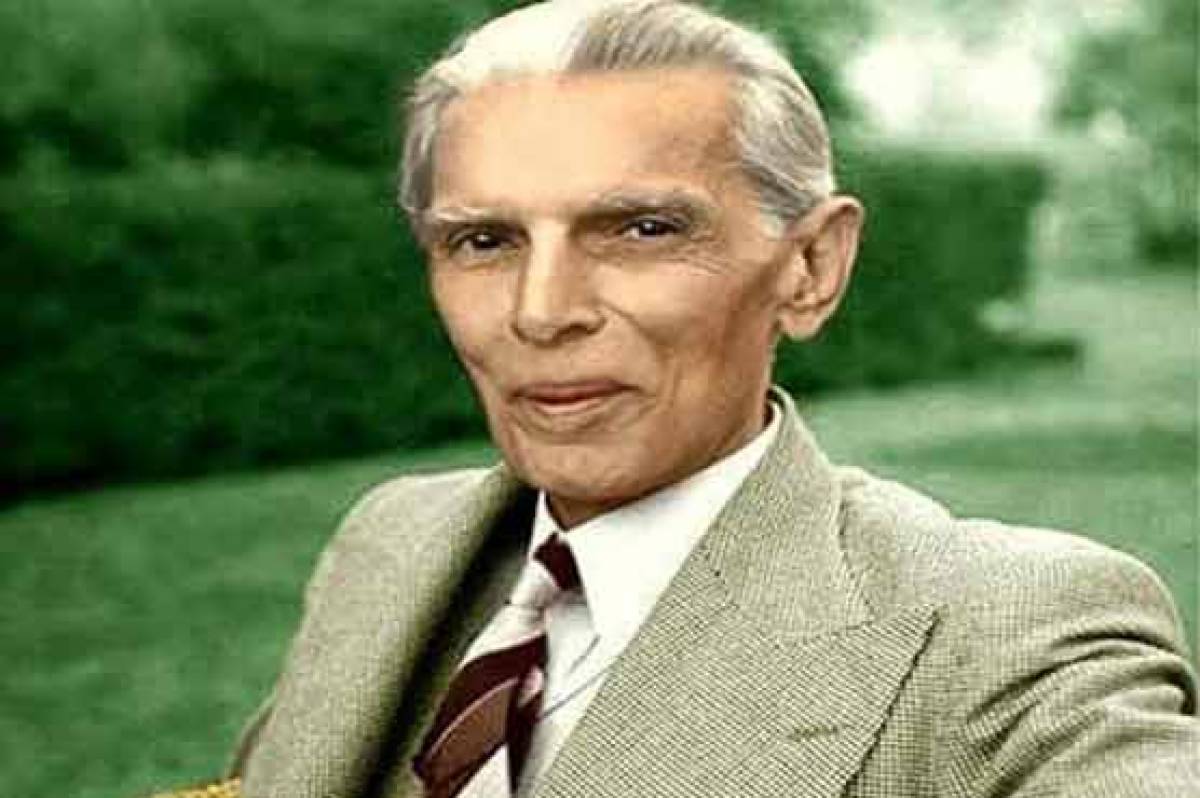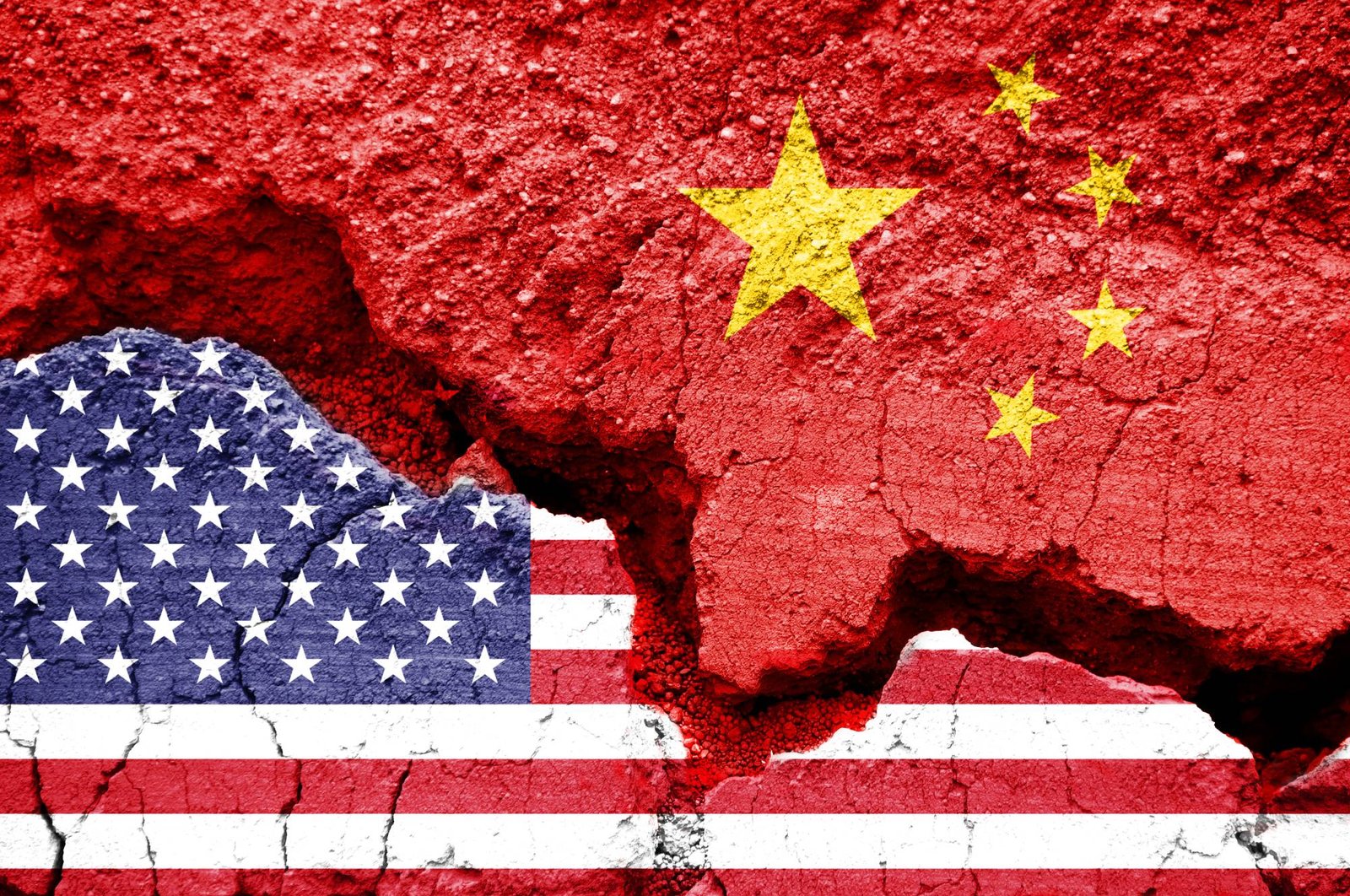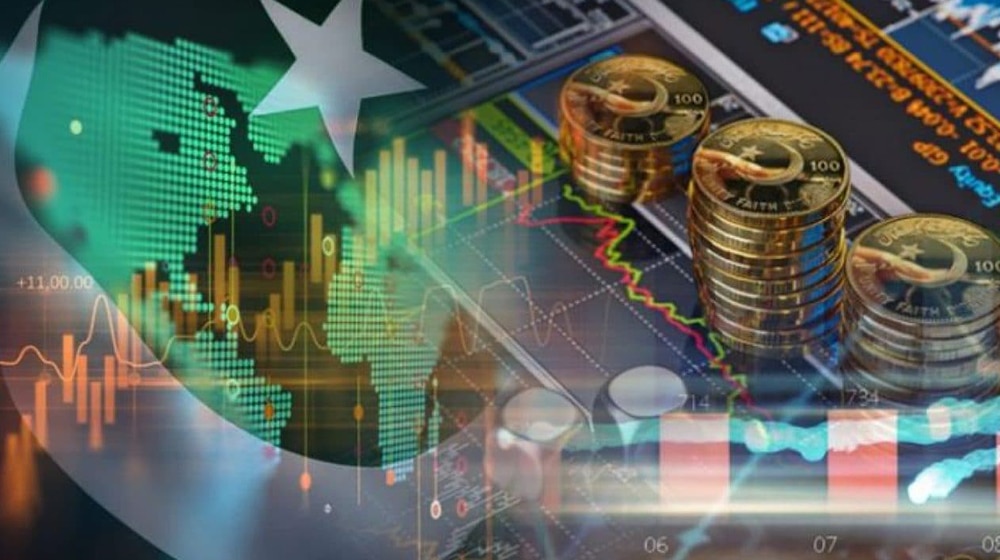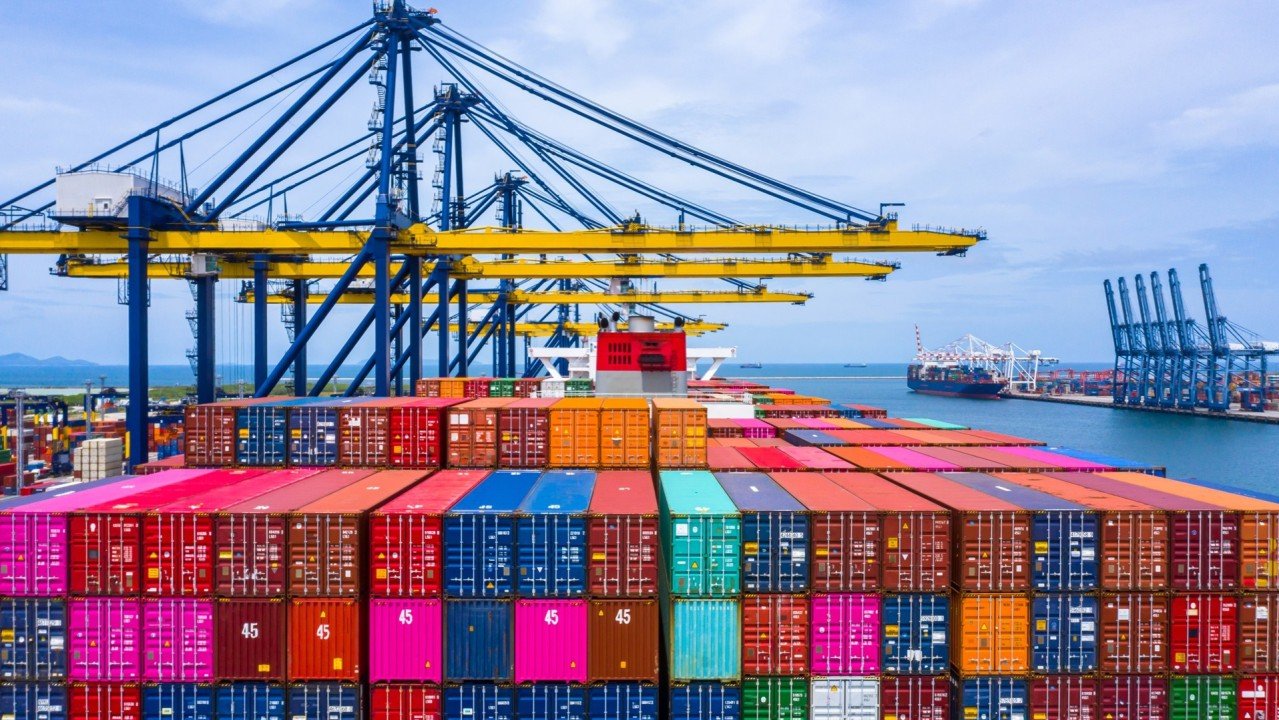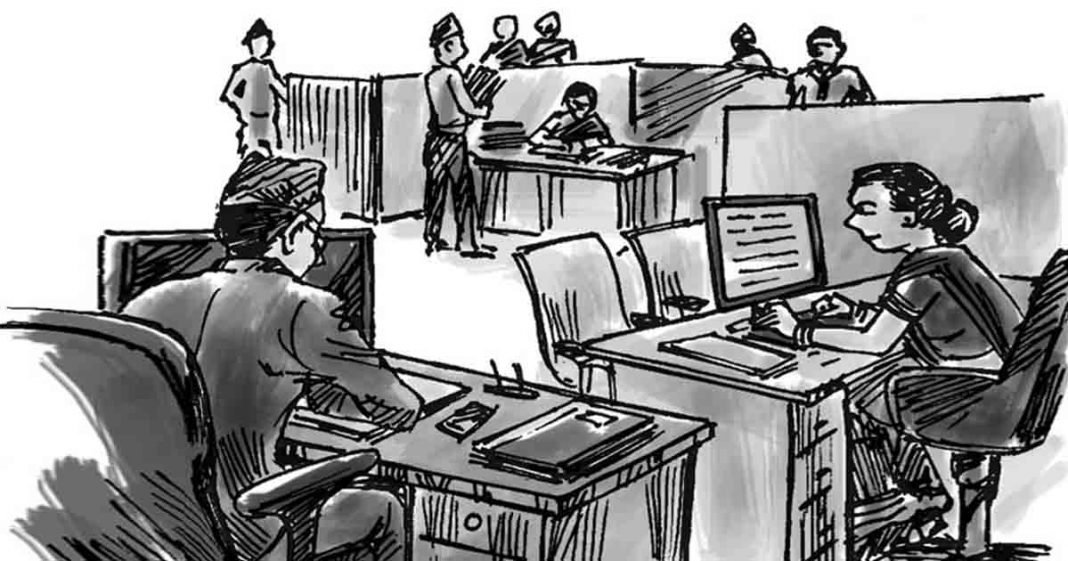Maryam Ashraf
The journey of Pakistan Tehreek-e-Insaf (PTI) from a populist movement to a fractured political entity is a story of both imposed suppression and self-inflicted wounds. While the party continues to suffer at the hands of state and judicial high-handedness, it is also increasingly undermined by its internal contradictions, undisciplined structure, and a compromised leadership struggling to navigate a hostile political terrain.
Since the ouster of Imran Khan from active politics and his subsequent imprisonment, PTI has been facing an unprecedented clampdown. Key figures from its ideological and executive leadership remain incarcerated or sidelined, with routine legal hurdles limiting direct communication with their incarcerated leader. The judicial process, marked by selective enforcement and prolonged detentions, has reinforced the impression that PTI is being targeted to prevent it from functioning as a credible political alternative. Yet, beyond these external pressures, lies an internal crisis that is just as damaging.
Despite projecting resilience, the party’s incoherence is increasingly visible. A lack of institutional depth and absence of a second-tier leadership capable of collective decision-making has left a leadership vacuum. Rival factions within the party, emboldened by unclear lines of authority, are engaged in petty power struggles. These factions openly question each other’s loyalty and intent, using both mainstream and social media platforms to air grievances, thereby deepening the mistrust within the ranks.
This disarray came into sharp focus during the handling of the Khyber Pakhtunkhwa budget. Chief Minister Ali Amin Gandapur, once seen as unwaveringly loyal to Khan, bypassed the leader’s instructions and passed the budget without consultation. This move, followed by a muddled justification from party officials, only highlighted the growing disconnect between Khan and the rest of the party. The inability to manage dissent or offer clarity on such decisions has further shaken the party’s base.
Moreover, PTI leaders have accused certain “establishment-backed elements” of exploiting this internal confusion. Claims of disinformation campaigns and orchestrated social media operations aimed at sowing discord have added a layer of paranoia within the party. Yet, such external manipulation is made easier by PTI’s own lack of cohesion and strategic foresight.
Public sympathy, once the party’s lifeline after Imran Khan’s removal, is now dwindling. Supporters who once stood firm in outrage are beginning to drift into disillusionment, as they watch the party unravel without its central figure. The over-reliance on Khan’s personal charisma—without building institutional resilience or a clear succession plan—has exposed the limitations of PTI’s model of politics.
While PTI’s leadership plans press conferences and symbolic shows of unity, these gestures cannot mask the deeper rot. The party needs more than rhetoric to recover. It must address both the systematic injustices it faces and the structural failures it has ignored for too long. Only then can it hope to restore its credibility—not only with the establishment and judiciary, but more importantly, with the people it once inspired.


